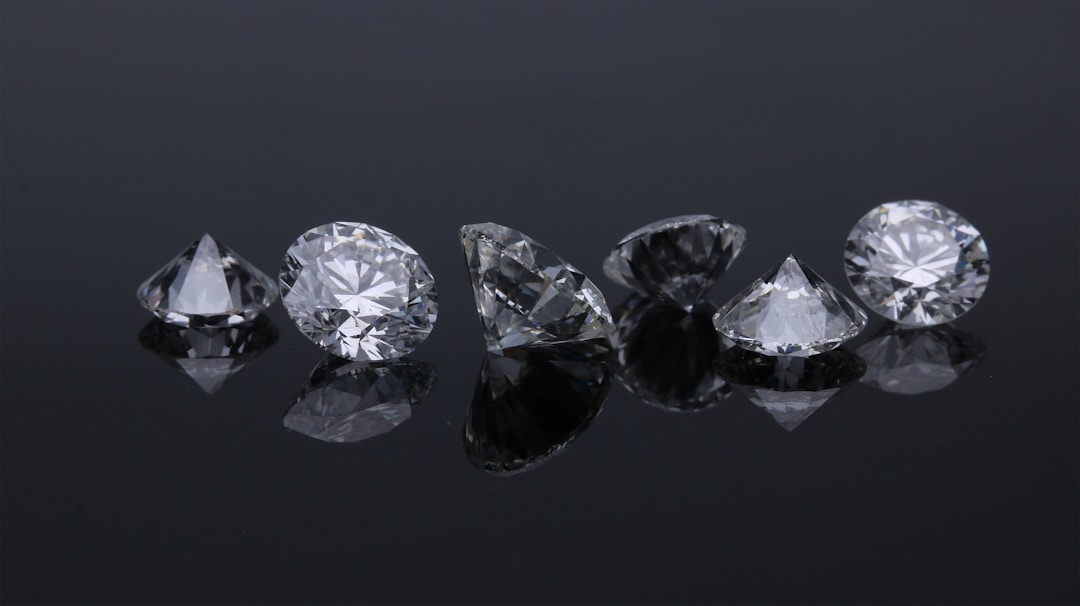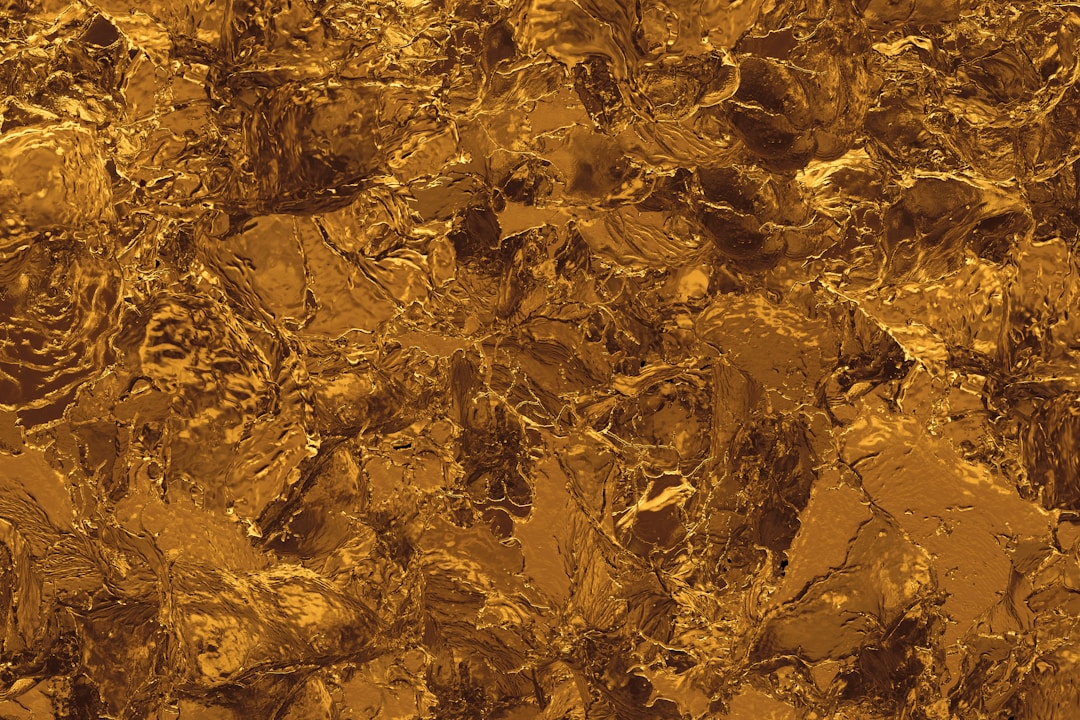Mineral extraction and jewelry production are luxurious sounding industries. Retailers and miners at De Beers, Alamos, and other gold and diamond company offices find and handle some of the most precious elements on our earth daily and deliver these materials to the workshop for us to ultimately wear. But the gold and diamond industries include several unique stops and career opportunities along the way from the mine to wrist, finger, or neck.
A deep dive into these industries reveals several cutting-edge technologies that go into the process of fabricating engagement rings, gem and birthstone jewelry, and even synthetic diamonds and other gemstones that drive this 229 billion dollar industry.
The “Four Cs”


Beginning with the Four Cs is perhaps the best starting point for thinking about jewelry. This paradigm revolves around diamonds, but the standards set here are equally transferrable to other gems and luxury jewelry items. These “Cs” are Carat, Color, Clarity, and Cut, and they make up the primary elements of a gem’s fiscal value as well as its beauty. Carat is the stone’s weight; one carat is equal to 200 milligrams, or 0.2 grams. Importantly, Carat is a weight scale for jewels, and karat-with-a-K is a measure of purity in metals (broken down into 24 parts of the whole alloy).
Color and clarity are fairly straightforward and revolve around a stone’s overall purity. Diamonds, in particular, range from a yellow hue to the colorless white or silver-like shimmer that is often associated with the precious jewel. Clarity, on the other hand, is a measure of the minute imperfections that exist within the stone’s interior.
Extremely high pressures from terrestrial forces over the course of millions of years compress organic materials into these stones that we wear as a fashion statement, and natural diamonds, as a result, are never free of flaws. No matter how perfect they may seem, real diamonds are forged under high pressure and high temperature and contain minuscule traces of these forces. Lab grown diamonds, though, can be brought to within an inch of perfection. Synthetic diamonds are different than CZ stones (Cubic Zirconia); cubic zirconias are meant to replicate the look of a diamond, whereas synthetic diamonds are an actual lab-grown variety of the naturally occurring compound. Many couples choose synthetic diamonds over natural diamonds for their intense beauty and carat weight mixed with a lower price tag over the mined variety.
With synthetic diamonds, a jeweler has a much greater ability to accomplish a level of perfection in the final “C:” The cut. Cutting the gemstone is the final step in taking a raw stone and preparing it for jewelry, but not all stones are cut to the same beautifying standards.
The Gold Space


Like diamonds, gold must be mined from naturally occurring sources and is extracted painstakingly by the ounce. There are no widespread alternatives in the gold industry, though. Gold is a uniquely strange element: It is resistant to corrosion and other chemical reactions that occur naturally through contact with the air, water, or oils. Gold also makes its mark in the high-tech industry as a fantastic conductor of electricity. For this reason, gold mined by companies like Alamos Gold in Turkey wind up in engagement rings, television sets, necklaces, and audio wiring all over the world.
As well, gold is a strangely fragile metal. Pure gold is malleable enough to be bent under the strength of the human hand, and thus wedding rings, gold teeth, and bracelets all must be alloyed with other metals (hence the karat measure, discussed above). Often this is done with copper, platinum, palladium, or silver.
The gold and diamond industries are fascinating spaces, and the elements that these firms deal in daily are as beautiful as they are scientifically spectacular.






